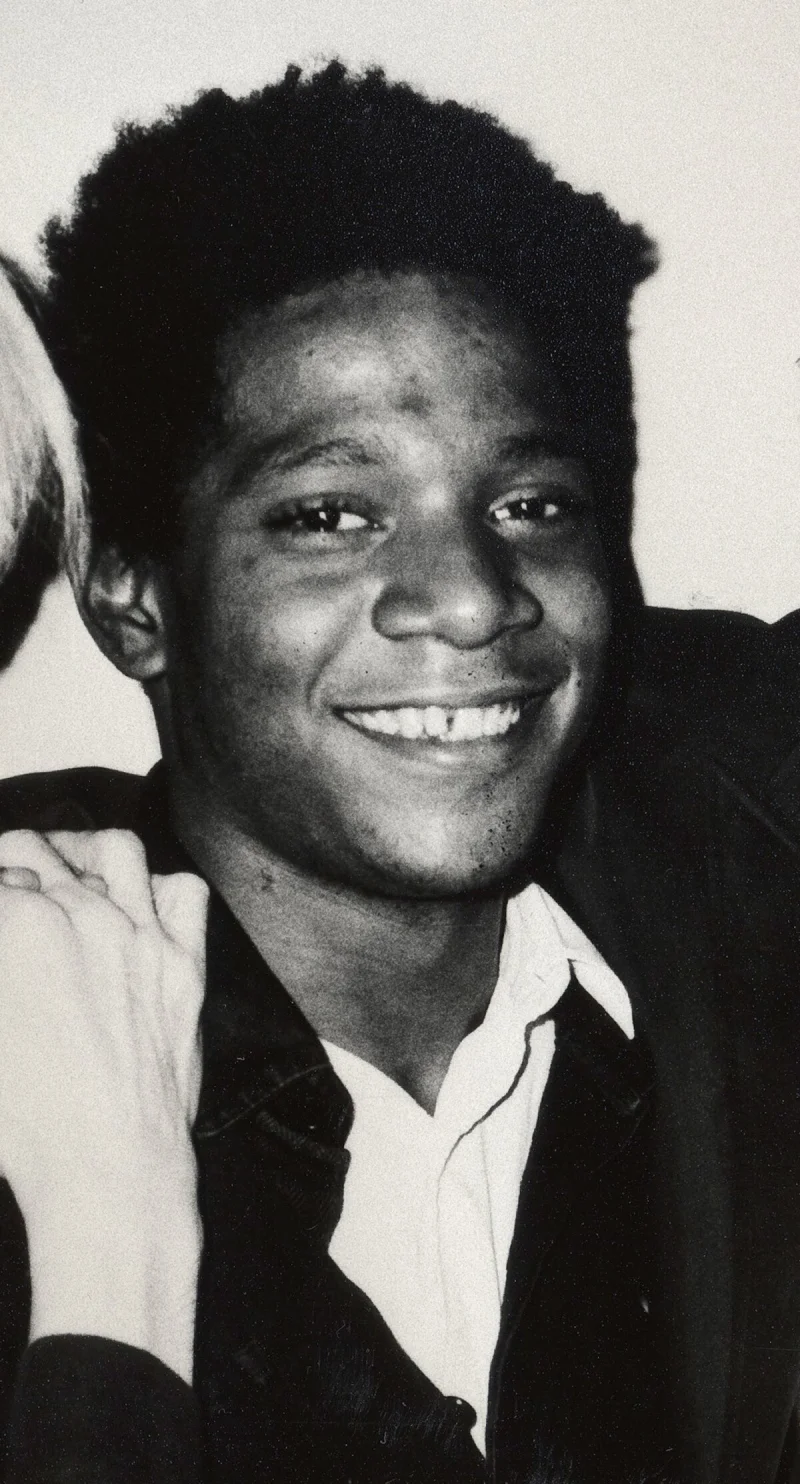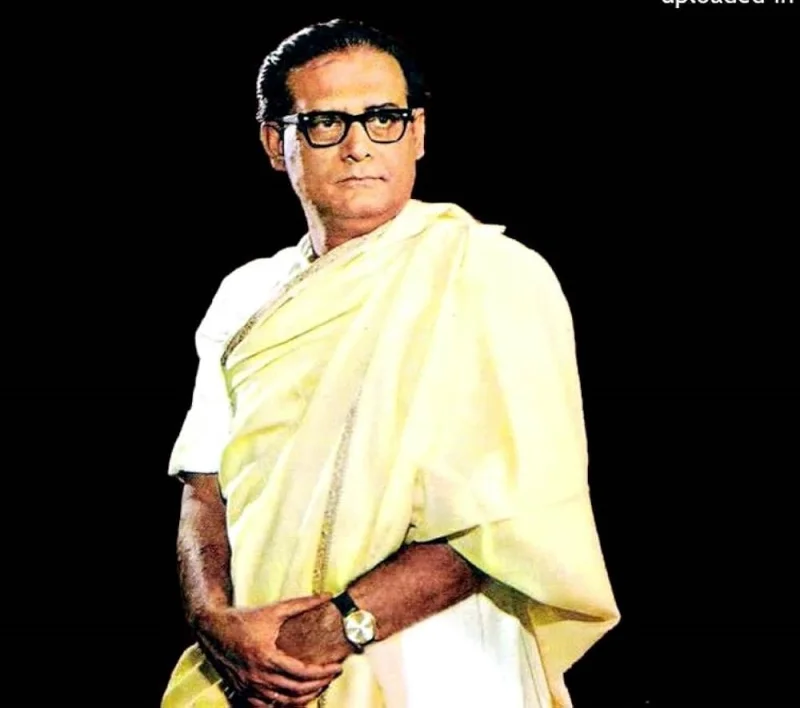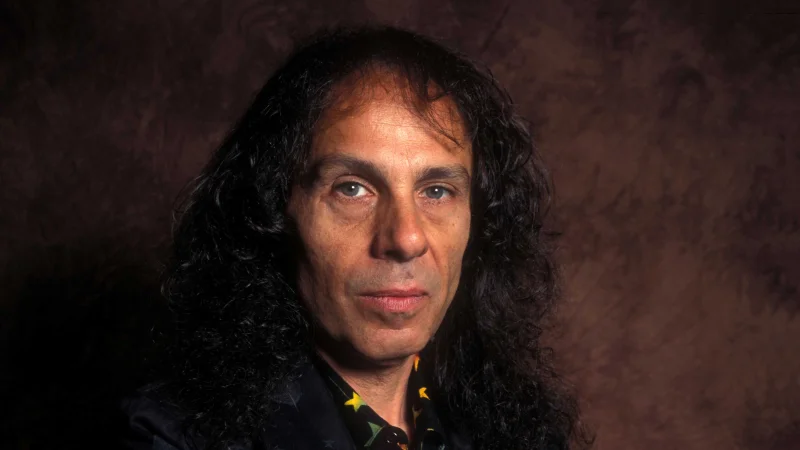Short Summary
Jean-Michel Basquiat was an influential American artist known for his raw, expressive work that incorporated graffiti, abstract imagery, and social commentary. Rising to fame in the 1980s, he became a leading figure in the neo-expressionist movement. Despite his short life, his art continues to be celebrated for its powerful themes exploring race, identity, and politics. Basquiat's legacy endures as a symbol of artistic innovation and cultural critique.
Early Life & Education
Jean-Michel Basquiat was born on December 22, 1960, in Brooklyn, New York, to a Haitian father and a Puerto Rican mother. From a young age, he demonstrated an interest in art, encouraged by his mother, who took him to museums and nurtured his creative talents. Basquiat attended several schools, including the City-As-School in Manhattan, which catered to artistic students. His multicultural heritage and experiences living in New York City profoundly influenced his artistic style and the themes he explored in his work.
Career Highlights
Basquiat's career began with his involvement in the graffiti scene under the pseudonym SAMO, creating enigmatic messages across Lower Manhattan. In 1980, he gained attention with his participation in the "Times Square Show," a pivotal exhibition that launched his career in the art world. By the mid-1980s, Basquiat was a renowned artist, collaborating with Andy Warhol and exhibiting internationally. His work, characterized by its vibrant colors and symbolic content, placed him at the forefront of the neo-expressionist movement. Tragically, his career was cut short when he died of a heroin overdose in 1988 at the age of 27.
Major Achievements
- Basquiat's work was included in the influential "Times Square Show" of 1980, which brought him significant recognition.
- He became one of the youngest artists ever to participate in the prestigious Whitney Biennial in 1983.
- His collaboration with Andy Warhol in the mid-1980s marked a significant moment in contemporary art.
- Basquiat's painting "Untitled" (1982) sold for $110.5 million in 2017, setting a record for an American artist at auction.
Famous Quotes
- "I am not a black artist, I am an artist."
- "I don't think about art when I'm working. I try to think about life."
Interesting Facts
- Basquiat started as a graffiti artist, often collaborating with fellow artist Al Diaz under the pseudonym SAMO.
- He appeared in the music video for Blondie's song "Rapture" in 1981.
- Basquiat was fluent in French, Spanish, and English, which he often incorporated into his artwork.
- His painting "Untitled" (1981) was inspired by the death of Michael Stewart, a black graffiti artist who died in police custody.
- He was the youngest artist ever to be featured at Documenta in Kassel, Germany, in 1982.
Legacy / Influence
Basquiat's work continues to influence contemporary artists and remains a powerful commentary on social and cultural issues. His unique style, merging text and imagery with raw emotion, challenged traditional art norms and highlighted issues of race and identity. Basquiat's art has inspired numerous exhibitions and retrospectives, cementing his status as an icon of modern art and a voice for marginalized communities.
FAQ
Q: Why is Jean-Michel Basquiat famous?
A: He is famous for his influential work in the neo-expressionist movement and his exploration of social and cultural themes.
Q: How did Basquiat begin his career?
A: He began as a graffiti artist in New York City, eventually gaining recognition through exhibitions and collaborations.
Q: What themes are prevalent in Basquiat's work?
A: His work often explores themes of race, identity, and societal issues.
Q: What is one of Basquiat's most notable collaborations?
A: His collaboration with Andy Warhol in the mid-1980s is one of his most famous partnerships.













